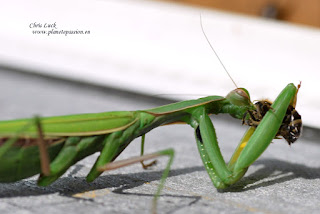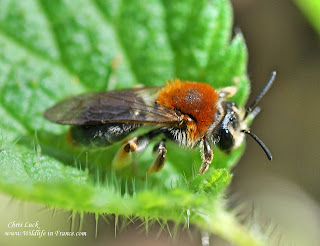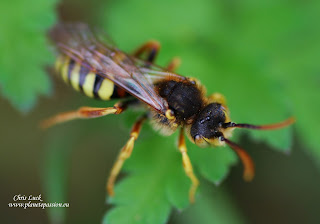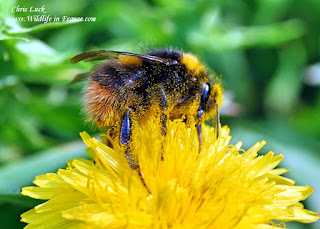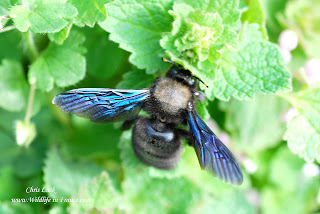Fire bug
Pyrrhocoris apterus
le Pyrrhocore or Gendarme
Many will know this highly successful common bug by the name of Gendarme or perhaps, depending on the region, names such as Suisse, Soldat, Punaise rouge, Cherche-midi or Punaise au corps de feu, all of which are widely used French vernacular names for this colourful insect.
As most people will have noticed the "gendarmes" are gregarious and as such live in colonies, which can be described as "gendarmeries", and can number several hundred or even thousands of individuals. Their Black and Red colouration apparently contains a substance that gives them some immunity from predation and as such they make no attempt to hide and even have a very pronounced propensity for collective sunbathing, hence the name of "Cherche-midi". Even in winter on a warm day a sunny stone wall or tree trunk will see them out and about.
Click on photos to enlarge
Being well equipped defensively the gendarmes are totally devoid of olfactory cells that provide the "fatal weapon" of many so-called "stink bugs" in the excretion of noxious smells when threatened.
Congregations will frequently be seen at the base of walls, the bottom of hedges and they will often be seen at the foot of trees, especially Lime trees, (Tilia), as they have a taste for the seeds. The seeds of Hollyhocks, Mallows and Hibiscus are also especially tempting for them and additionally they will eat dead and dying insects.
.
They, as with all hemipterans, are equipped with a rostrum which is a beak-like projection that can reach nearly half its body length. These mouthparts are distinctive, with mandibles and maxillae modified to form a piercing "stylet" sheathed within a modified labium.
In the case of the Fire bug the sharp needle can be used to pierce hard seeds allowing saliva to be pumped into the interior with enzymes that make the nutrition available to be sucked up as food. When not in use it is folded back under its body and as such is rarely seen or not recognised for what it is. Other true bug species may use this for killing prey or defensively.
Coupling usually takes place from April until August in France
Whatever their stage of development they cause no harm to living plants or insects and are no cause for concern to humans although there is an outside chance that one could prick you with its rostrum if handled but why would you handle one in the first place unless you are like me.
NOTE: There are quite a few other species of red and black shield bugs to be found in France














